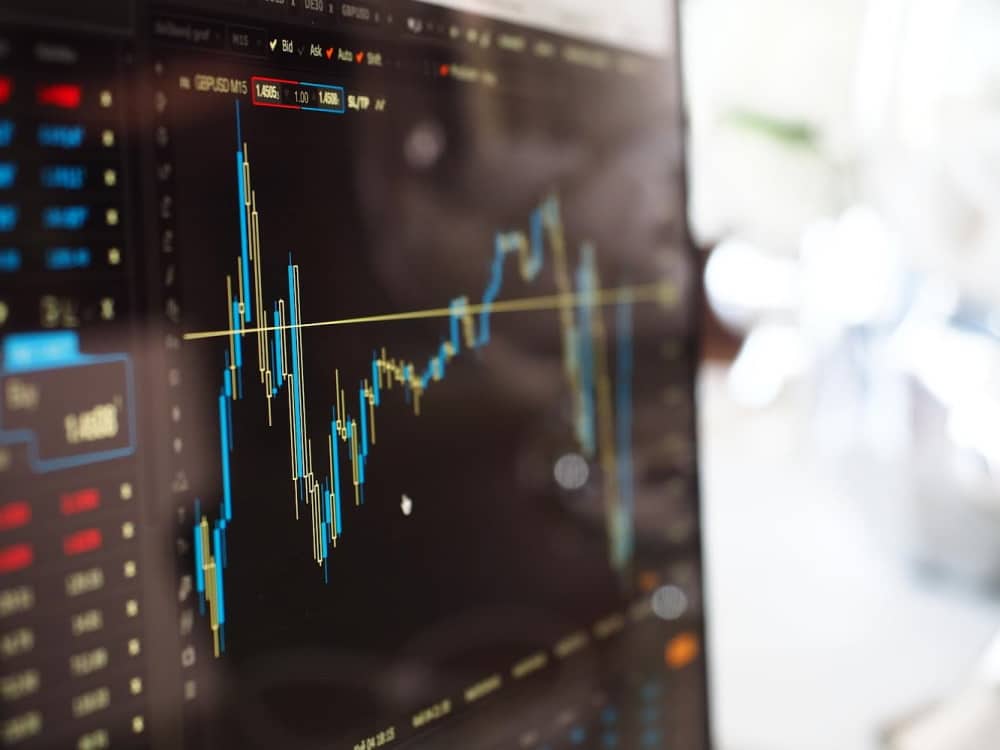
Active vs Passive investing has been labelled as the great investment debate for many decades now. In recent years, passive investing has become more likeable, yet there are definitely some advantages of active investing.
Definition
By definition, active investing is a strategy that aims to beat benchmark stock indices, such as the S&P 500. As the name suggests, active investing takes a more hands-on approach and it is generally conducted by investment managers who try to use their research and analytical capabilities to beat the average market returns as well as take advantage of short-term price changes of underlying assets. In contrast, passive investing is a strategy that aims to match (not beat) the returns of benchmark stock indices. Passive investing is more hands-off and generally involves buying and holding assets for the long haul while disregarding short-term price fluctuations.
Overview of Active Investing
Active investing utilizes the skills of a portfolio manager who performs ‘active’ market research and analysis so as to pick out the best opportunities as they arise. The inherent belief in active investing is that market participants are generally irrational, and this will tend to create market inefficiencies that can be exploited by a professional. The trading strategy implemented is ‘stock picking,’ with the fund manager trusted as the ultimate decision-maker. Successful active investing requires the fund manager to make more right decisions than wrong over the long run.
Advantages and Disadvantages of Active Investing
In active investing, there is the flexibility of adapting the strategy according to prevailing market conditions. The fund manager can decide to hold safer assets, such as treasuries, during recession periods, and shift to high growth assets, such as equities, during periods of economic boom. There is also room to explore other financial asset classes, which results in a bigger pool of opportunities. Furthermore, the fund manager can implement tax-loss harvesting strategies and execute trades that help offset the tax liability of big gains.
But active investing also means active risk. The fund manager makes decisions on diverse assets with different risk profiles. A massive underperformance by any one asset can potentially undermine the overall performance of a portfolio. Active investing is also very expensive, with costly research resources required as well as the transaction costs that add up because of the high trading volume.
Overview of Passive Investing
Passive investing is focused on the long term and it aims to track a specific index so as to replicate its overall performance. While the stock market has ups and downs, it has tended to maintain an upward trajectory over the long term. This is what informs the conviction of passive investors. In passive investing, investors can lose out on short-term, lucrative opportunities, but they are more or less guaranteed long-term stable returns. The underlying index being tracked informs the strategy being implemented, with no professional insight required. This is why passive investors can easily apply and try out automated trading.
Advantages and Disadvantages of Passive Investing
In passive investing, there is a high level of transparency. The components of a portfolio are determined by the benchmark index being tracked. This is completely different from active investing where the fund manager can make decisions (at his/her discretion) that may turn out to be catastrophic to a portfolio. The low trading volumes of passive investing also trigger very low overall trading costs, as well as taxation. Passive investing is easily automated and requires very little intervention. For instance, when investing in an index fund, activity on the portfolio only happens when an index composition changes, and this is rarely unexpected.
Passive investing is inherently limiting. Returns are generally small and there is no flexibility to jump into emerging or high-growth markets. Passive investing also traps investors during bear markets, even severe, long, drawn-out ones.
So, which style to choose?
This is entirely dependent on multiple factors such as investing time horizon and expected returns. There are instances where passive investing would be ideal (such as implementing a long-term investment plan), as well as an instance where active investing would be prudent (such as seeking short-term gains). But active investing and passive investing do not have to be mutually exclusive; they can be combined to provide investors with some practical benefits such as hedging. Combining passive and active, investors can also help portfolios to be exposed to short-term opportunities without impacting the long-term plans.

Question & Answers (0)